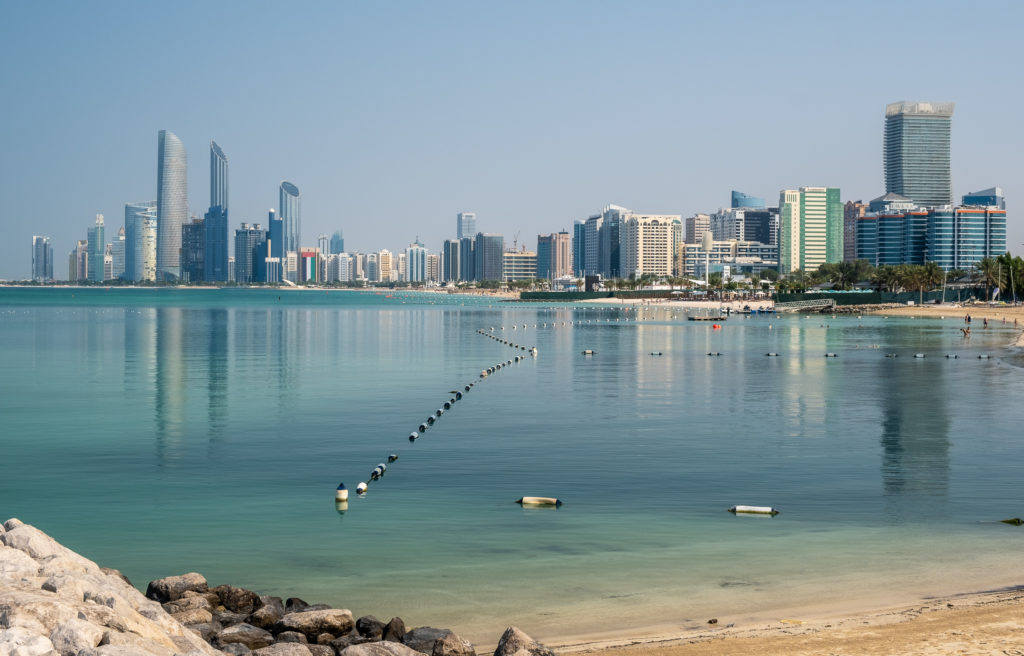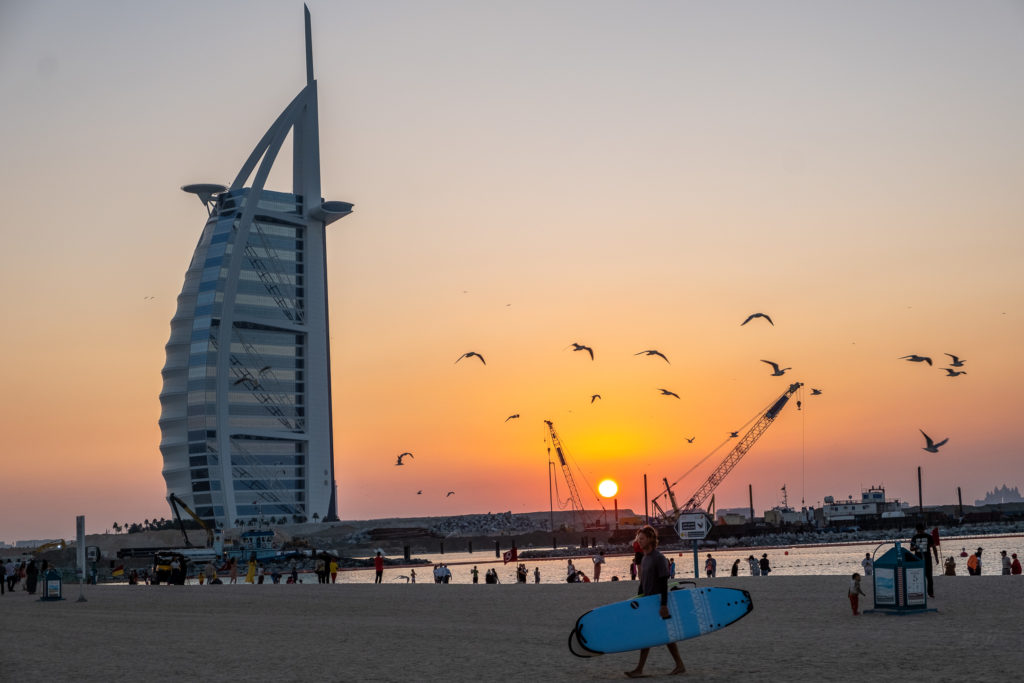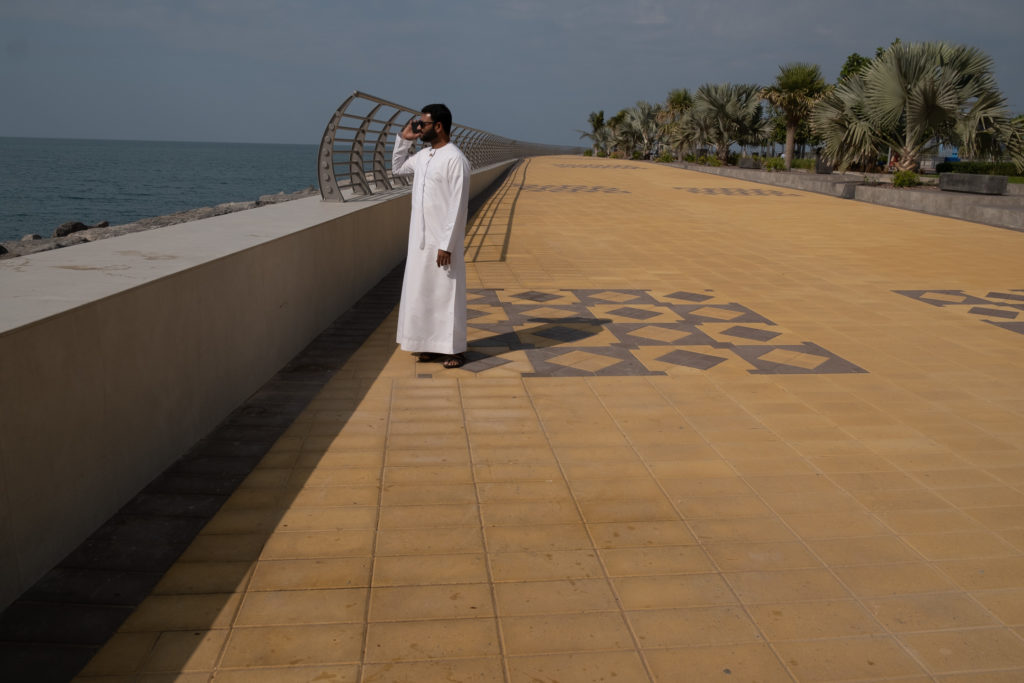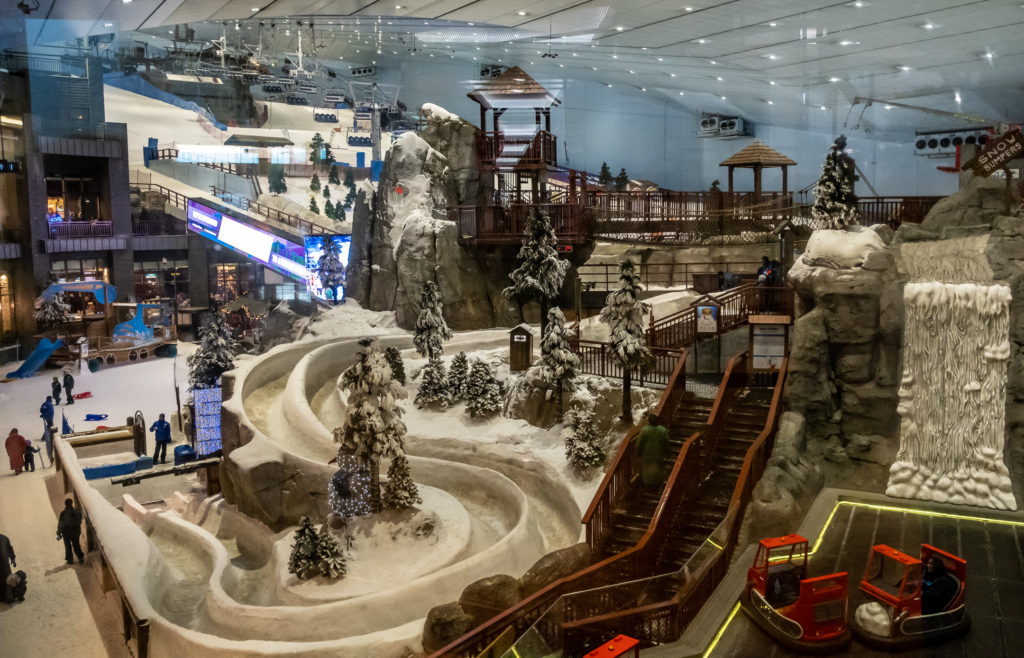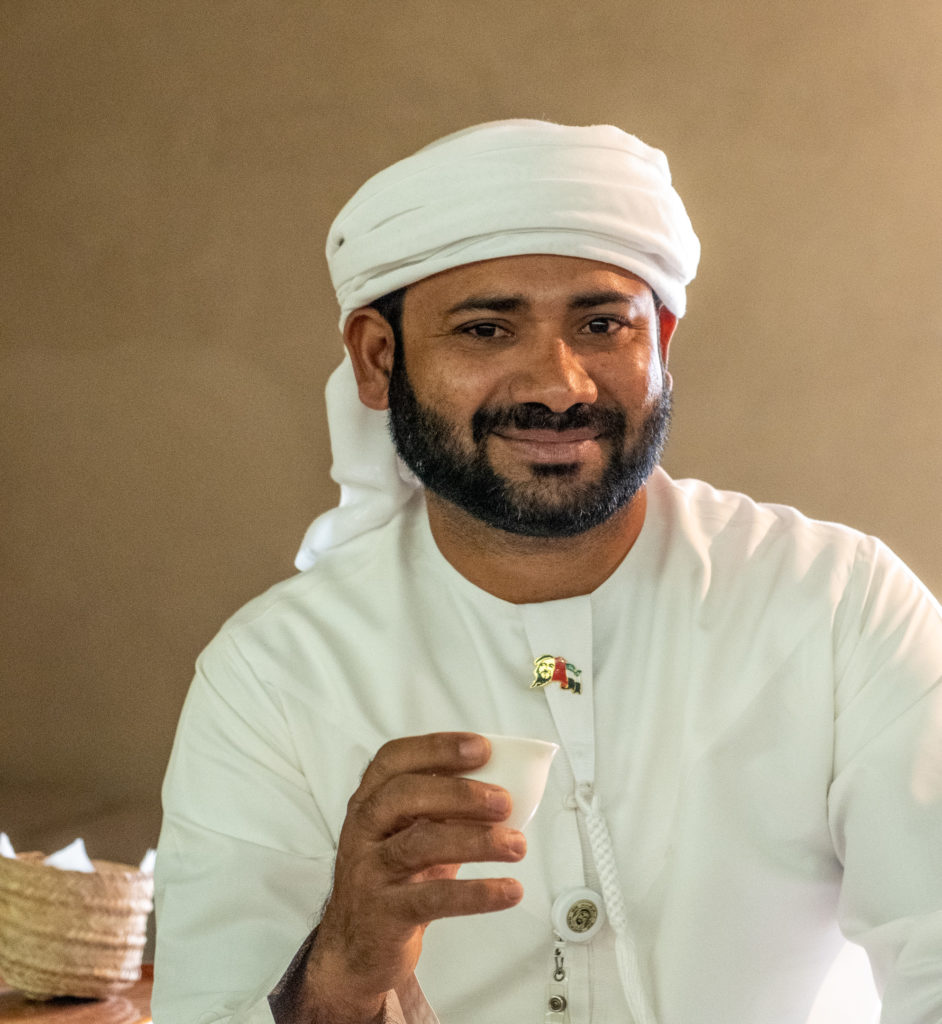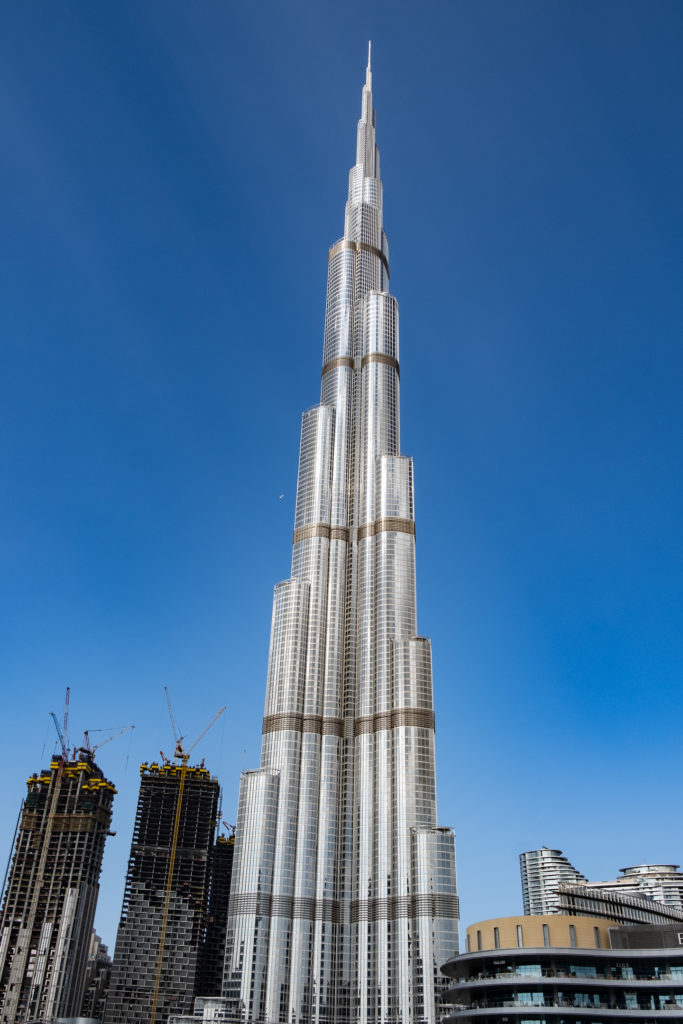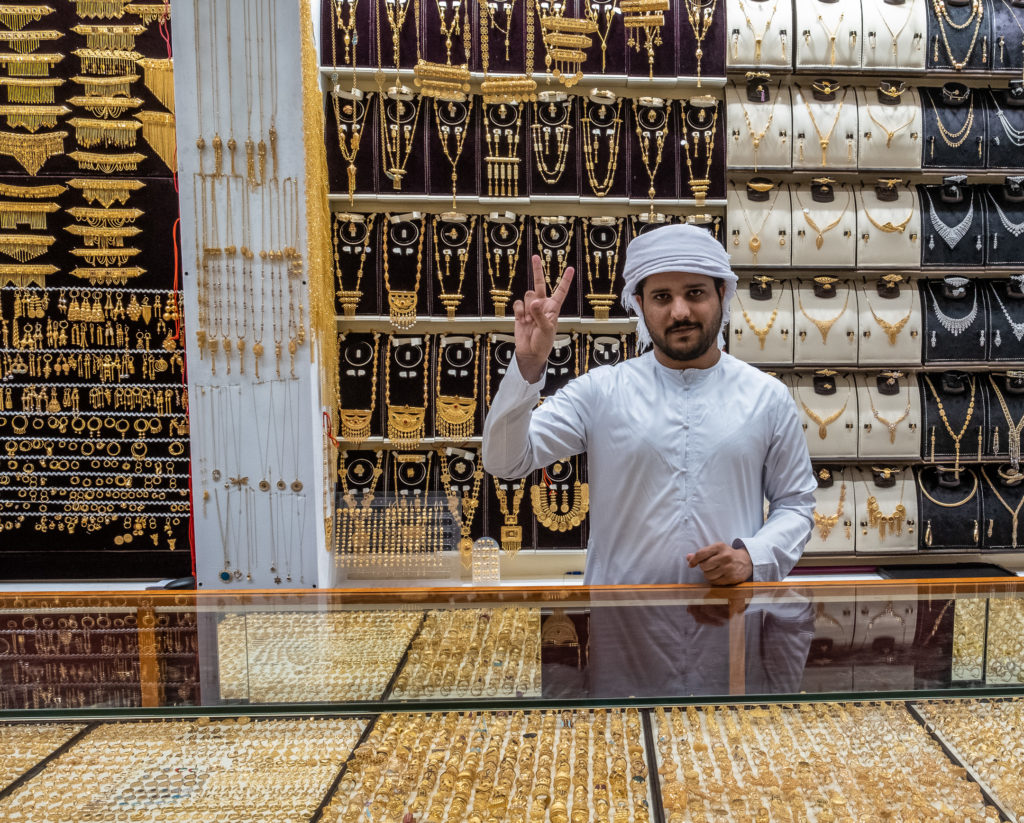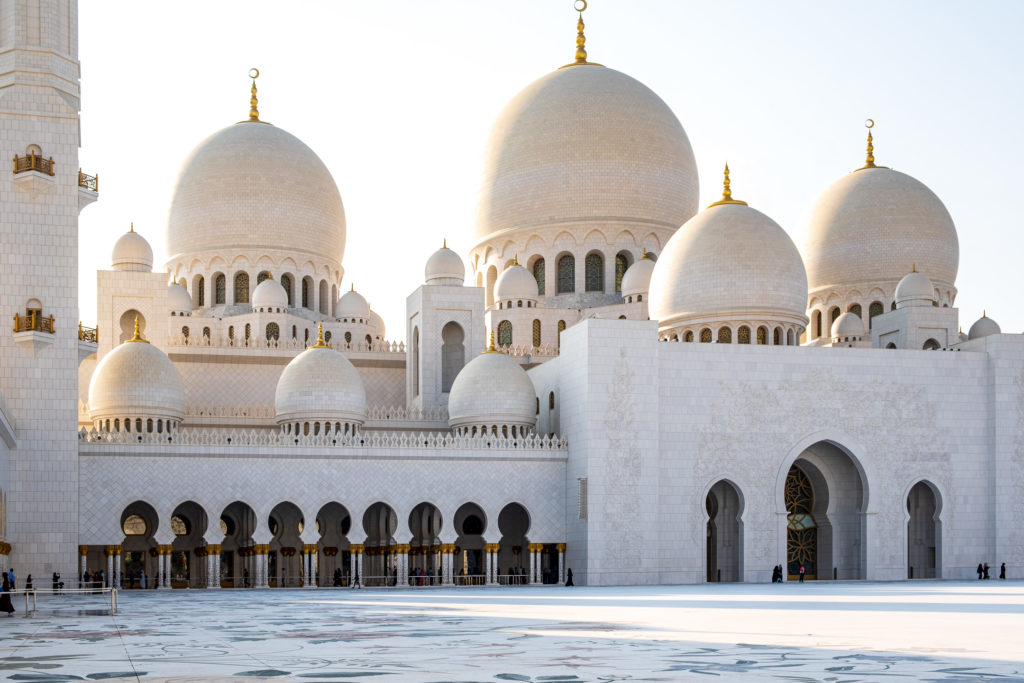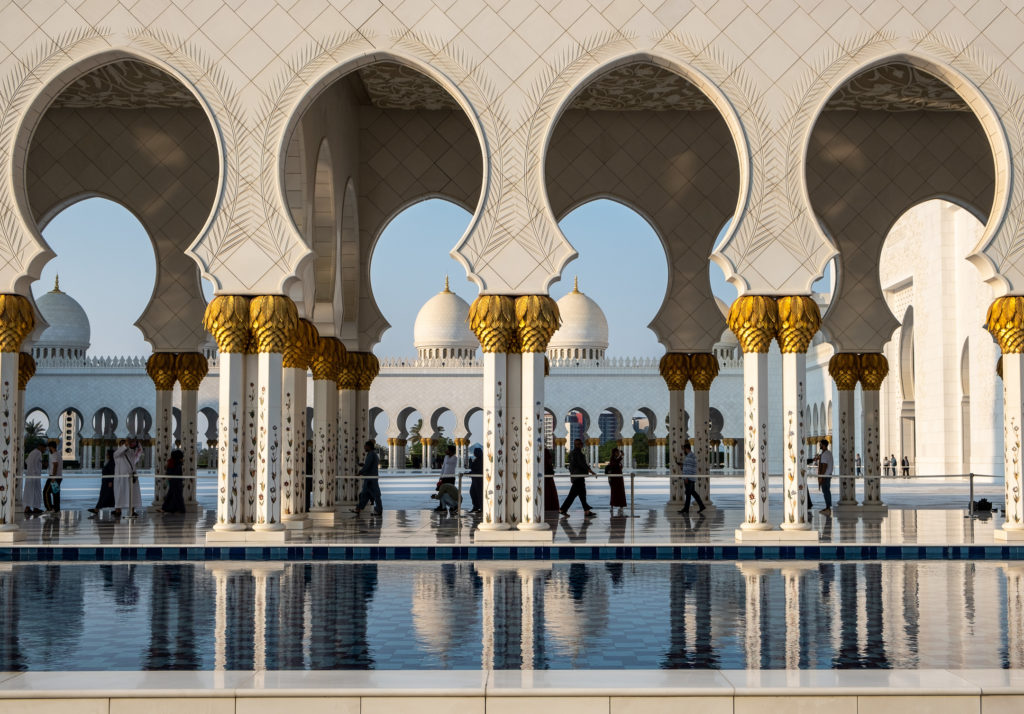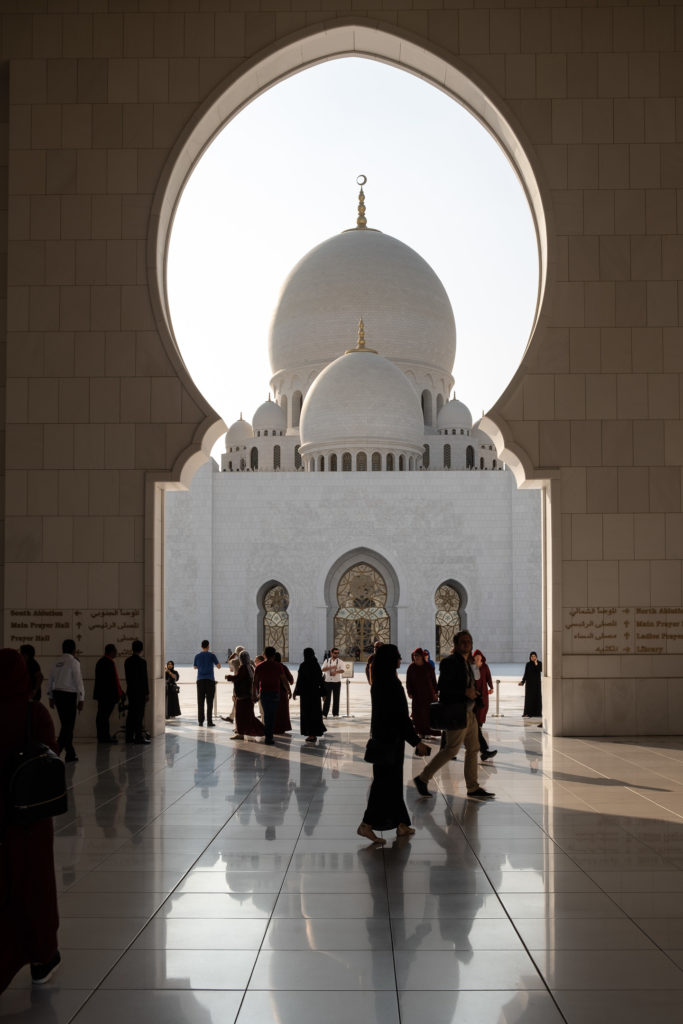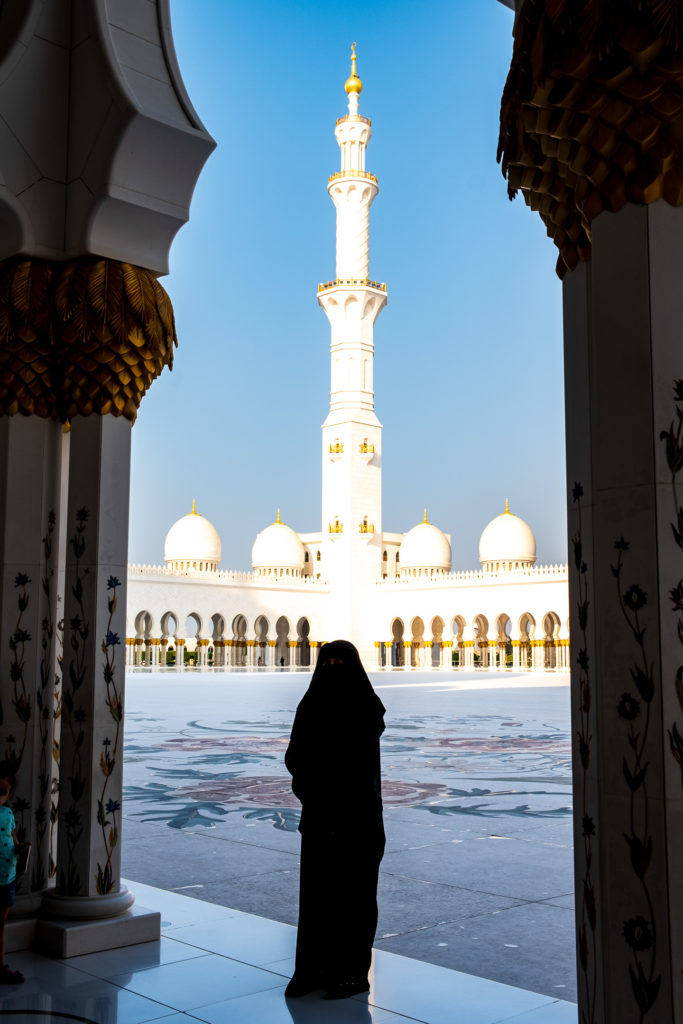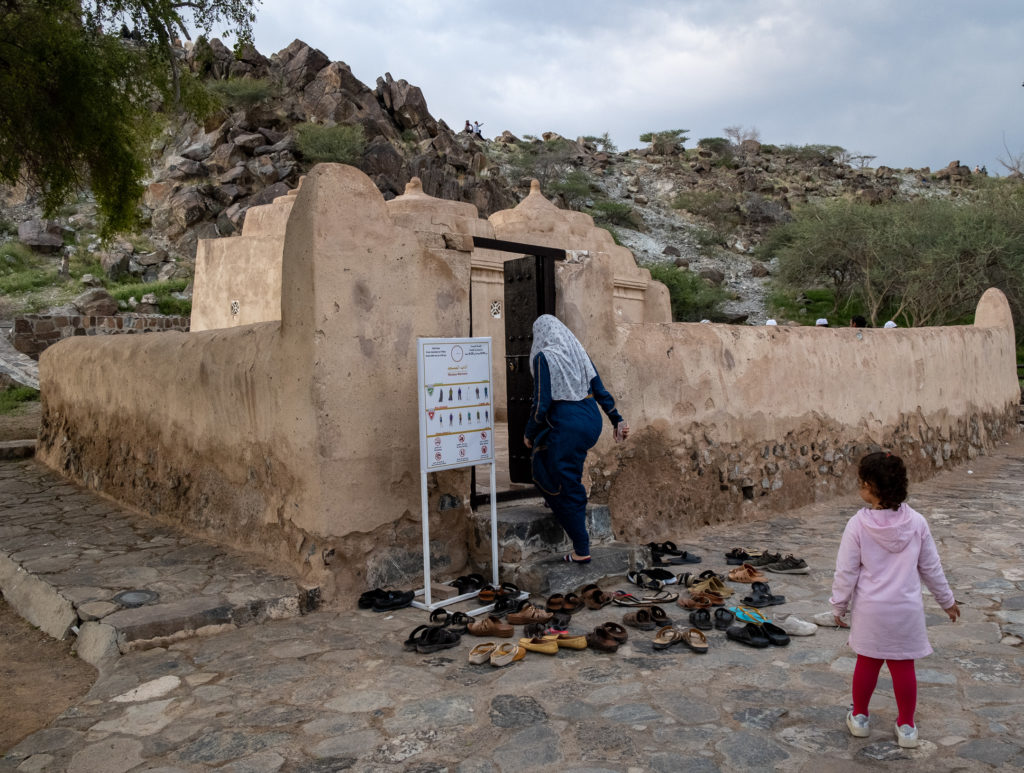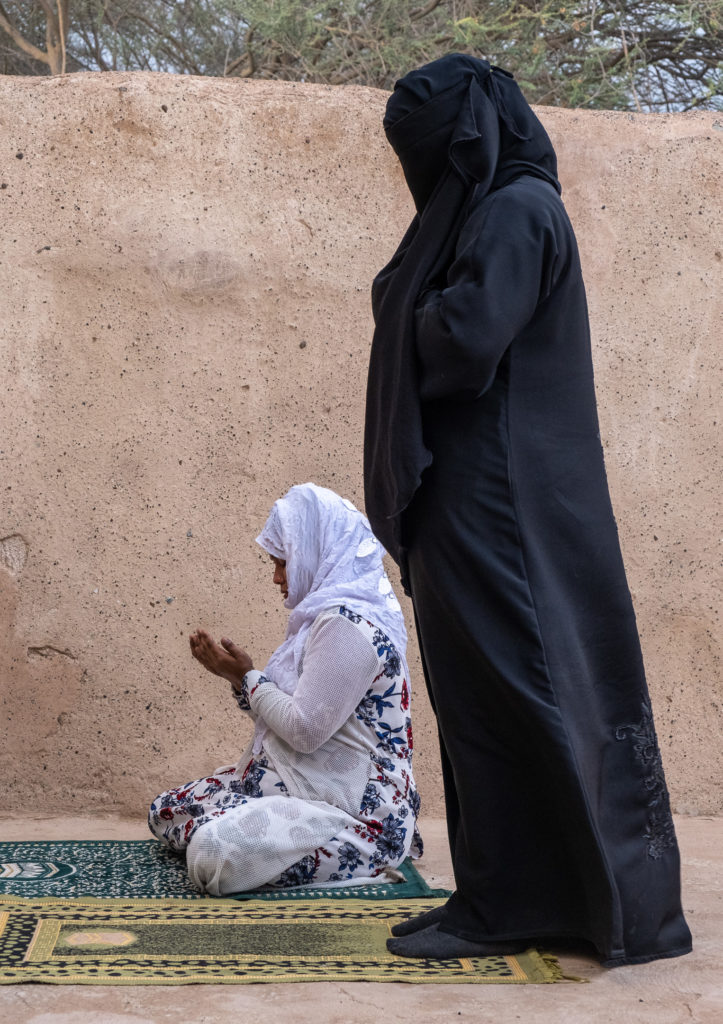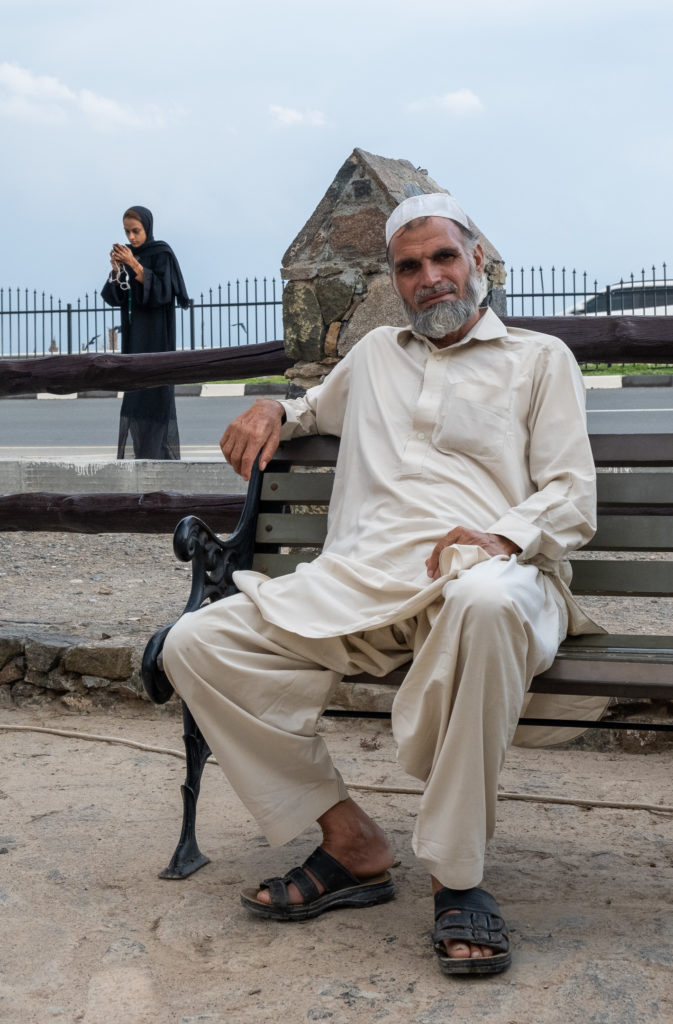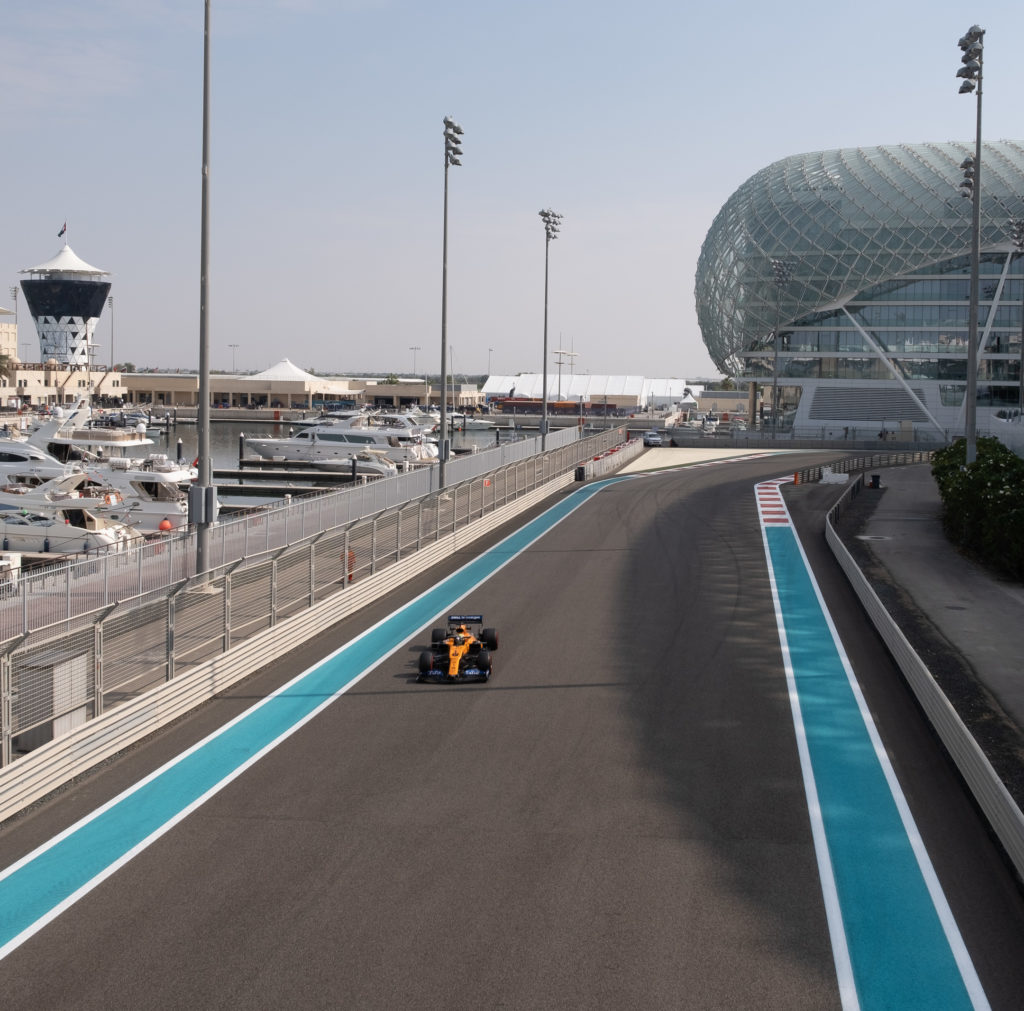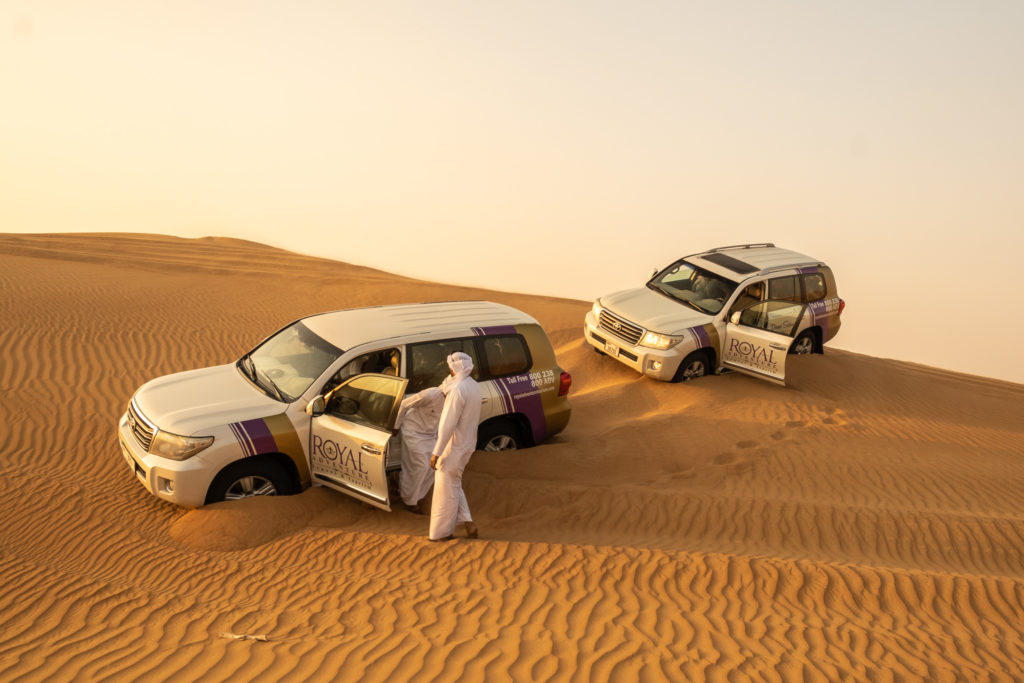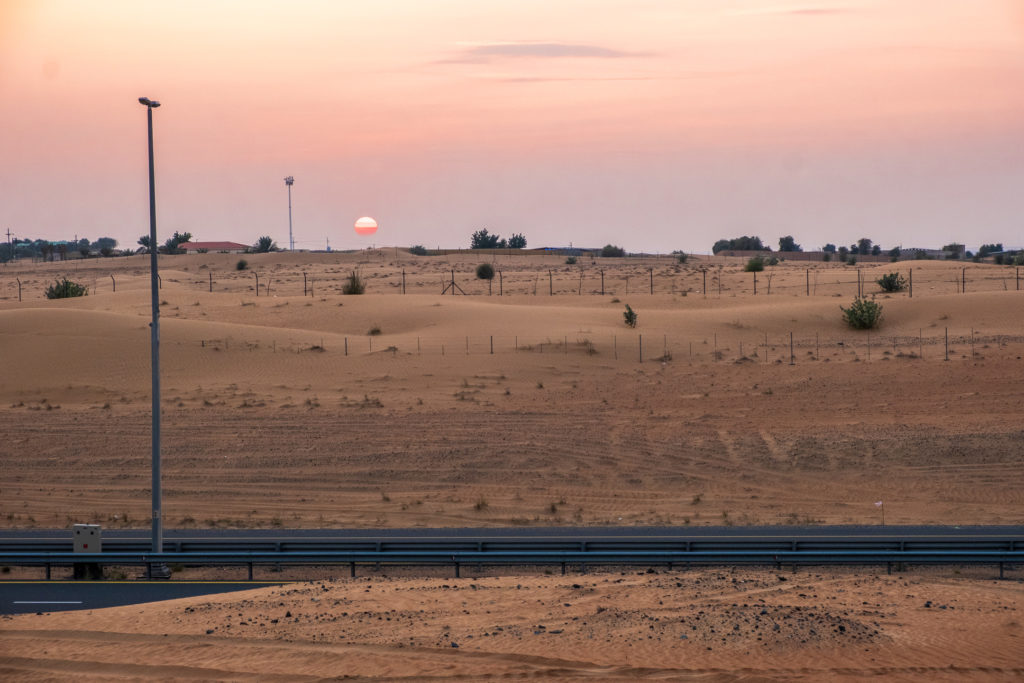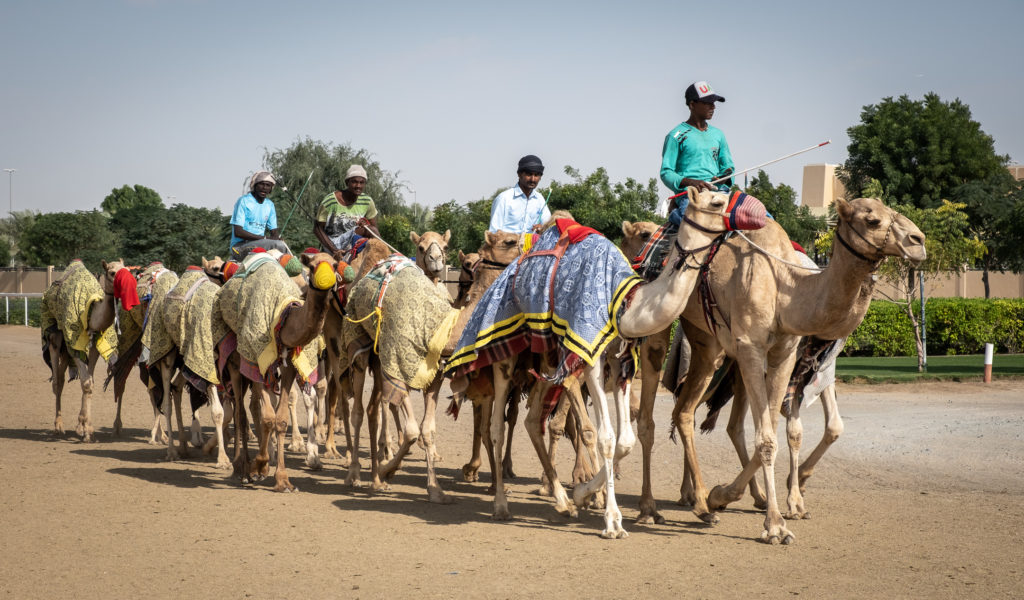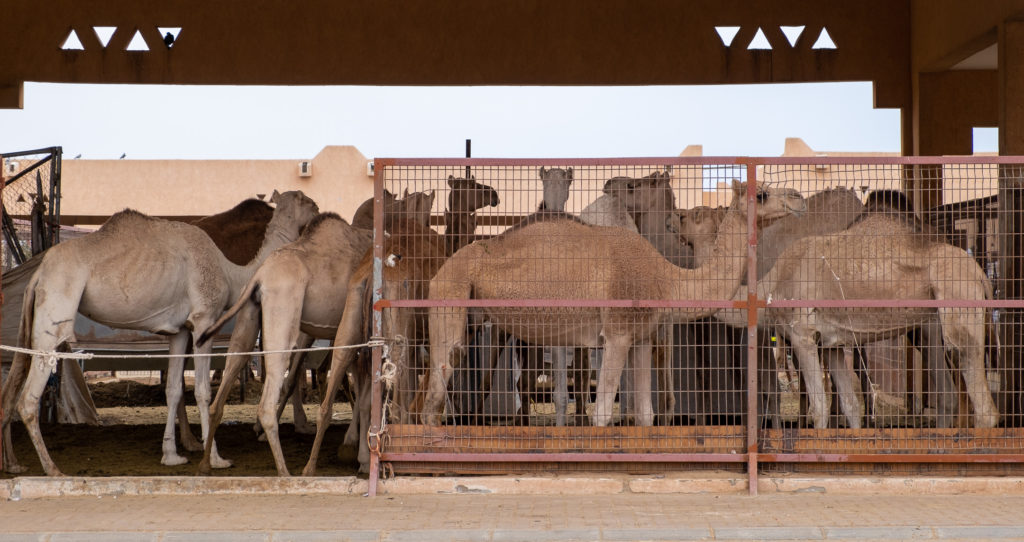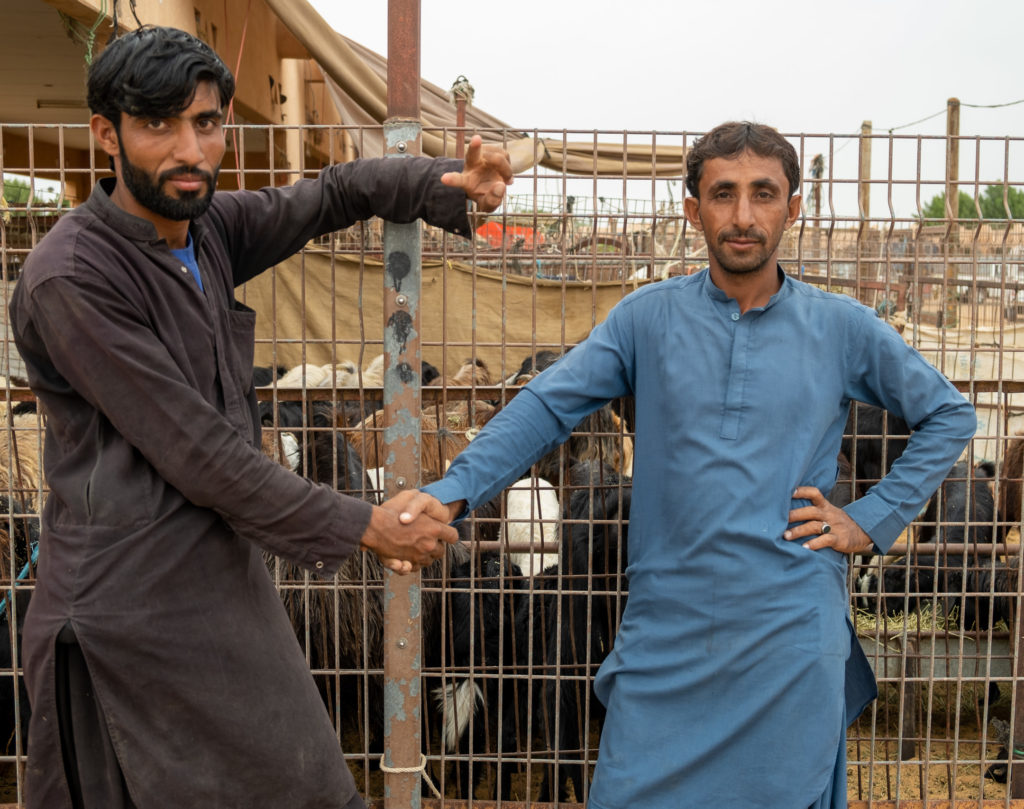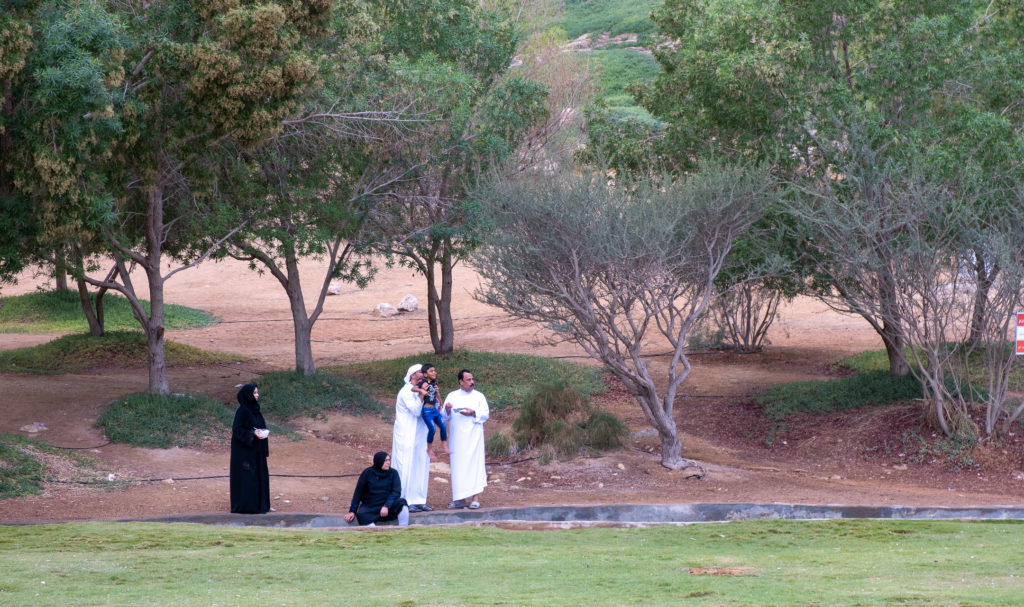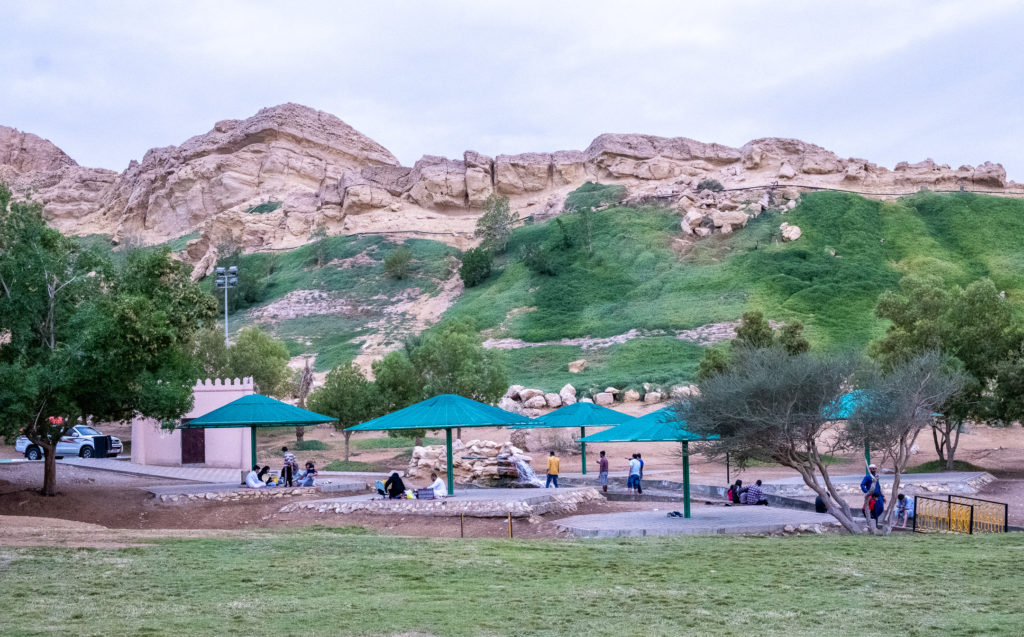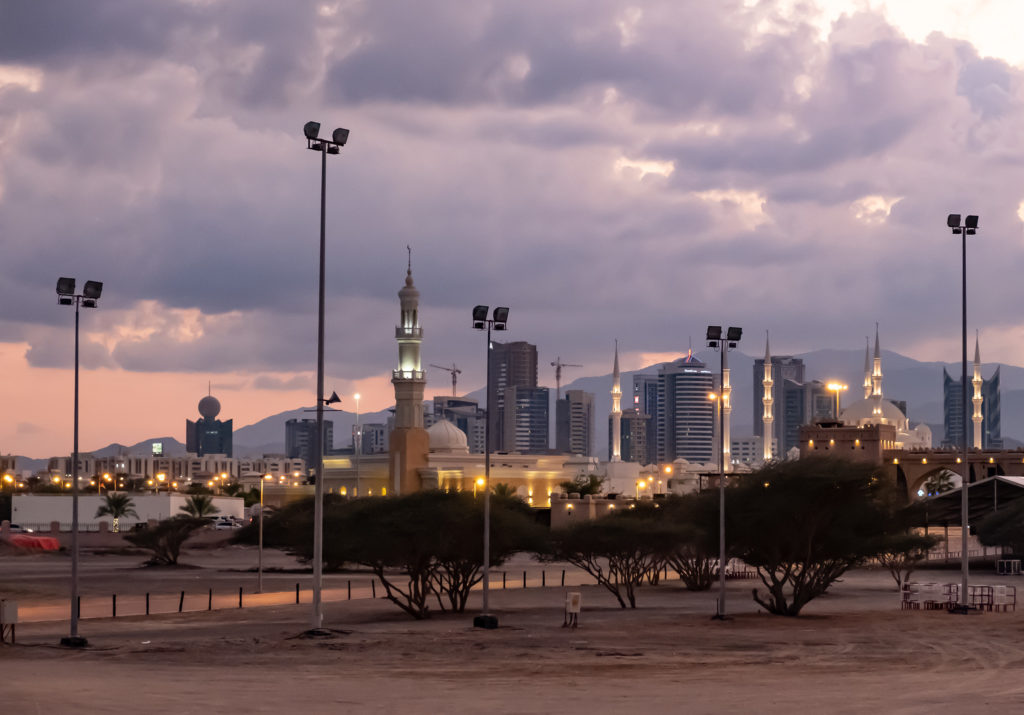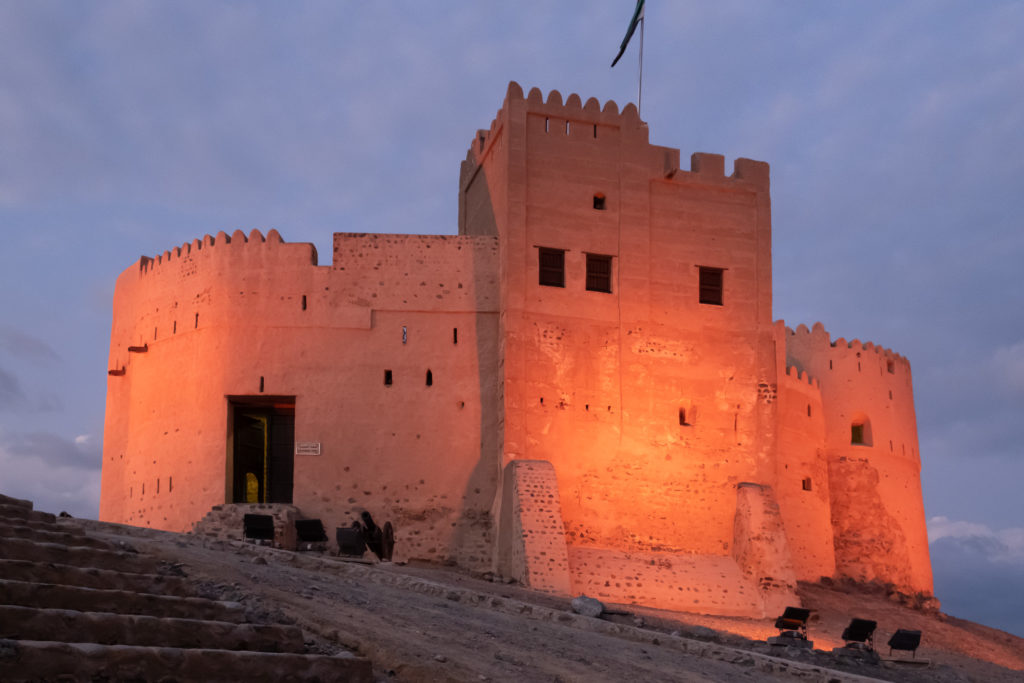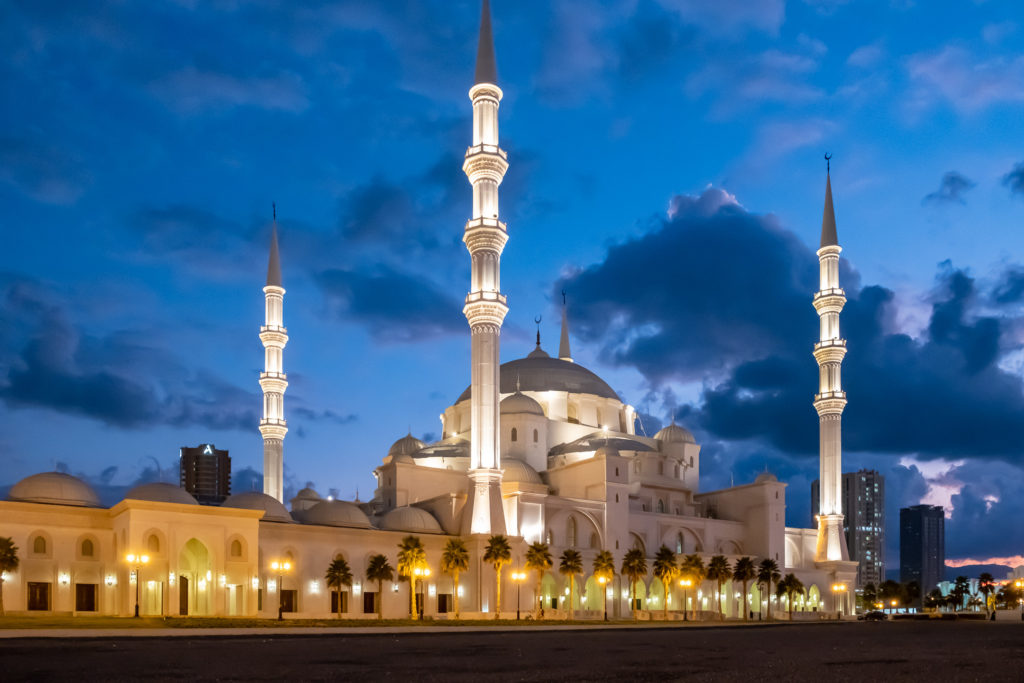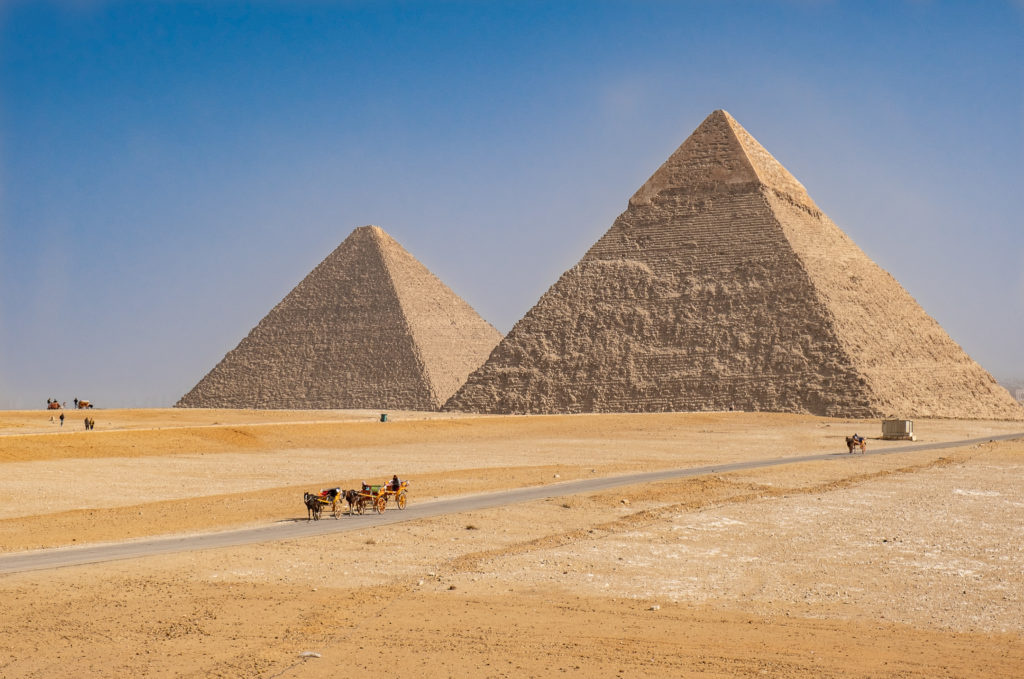
Legend has it (and this could be just good old fashioned tourist industry PR, who can know for certain?) that if you see the pyramids of Giza, and then you climb up one of the pyramids, and then you descend into the burial tomb inside the pyramid, all while holding fast in your heart and mind your fondest wish — well, accomplishing all three will grant that wish.
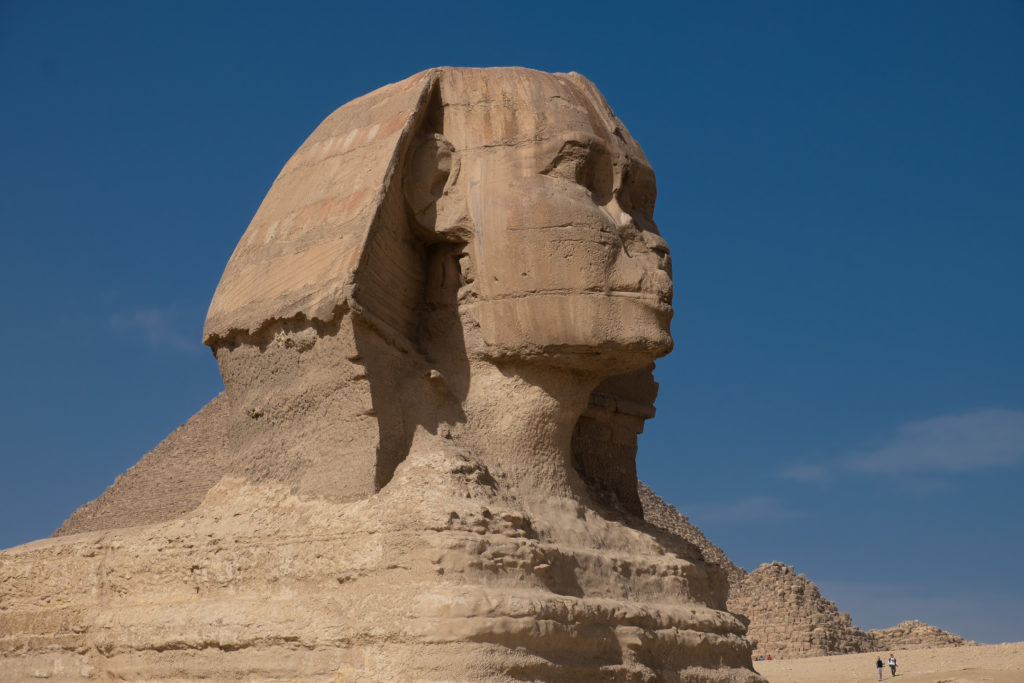
Ok, call me a sucker but with the small, small price of only EGP 100 (US$6.41) I descended into the burial chamber of King Khafre. His remains, of course, were no longer in residence, the tombs of Giza having been raided and emptied centuries ago by unnamed persons. Even the limestone façade was ripped off to use in other later construction by others in need of quality pyramid making materials. There was in fact not so much as a gum wrapper inside the tomb. Clean as a whistle, it was. You have to bend over to gain access to the burial chamber as the passage down into the tomb is only about four feet high. It’s narrow, too and steep. Your descent is aided by wooden slats nailed into the steep decline but if you have even the slightest claustrophobia this means of acquiring your heart’s desire is most definitely NOT recommended. (Try pulling apart a wishbone with a friend or wishing upon a star or whatnot. Try anything that is some other non-tiny-passageway method of achieving fruition of your most sincere wish. I myself would not repeat this endeavor and almost turned back halfway down but six bucks is six bucks, so down I went.)

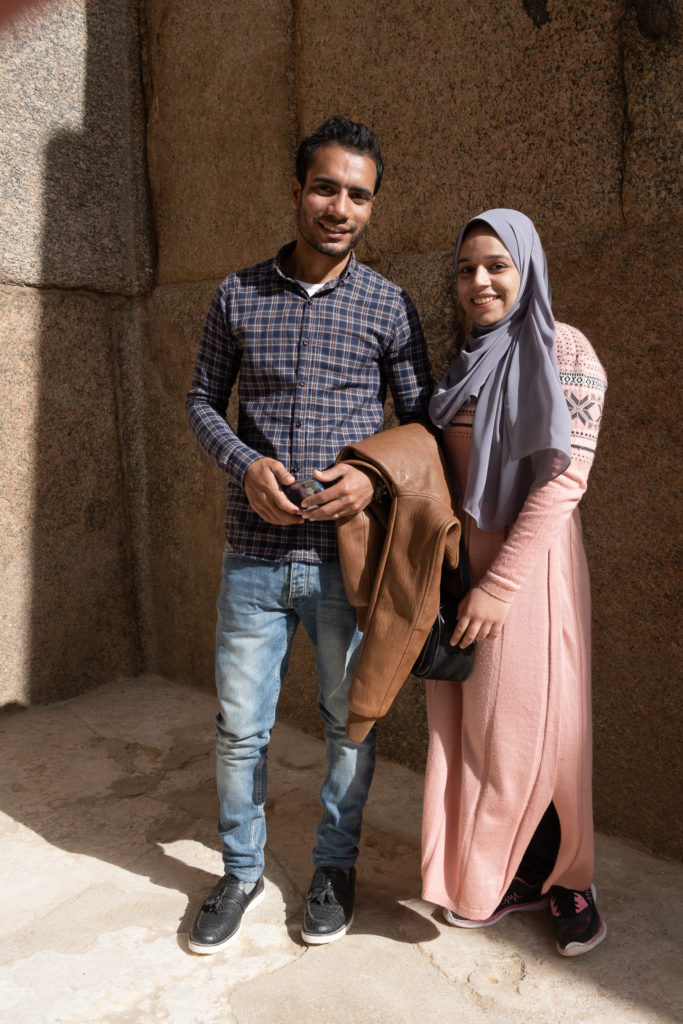
So, you’ve already figured out that King Khafre (who ruled ancient Egypt during the 4th dynastic period from c. 2558 to 2532 BC ) was the guy buried inside the pyramid –-hence the Pyramid of King Khafre — but Khafre had four wives and god knows how many kids so it’s entirely possible that once upon a time, more than a few mummies were entombed inside this pyramid. It must have been close quarters however you look at it. One thing about the Pharaohs, they had a keen interest in the afterlife. It certainly does give one pause to stand in Giza, where most of the famous pyramids stand, and recall that the construction of these pyramids, and the burial “benches” too, was all to facilitate the transition of the pharaohs from this life into the next. It begs the question, who were these guys and how did they convince their Fourth Dynastic Period cohorts that they were worthy of this effort (thousands upon thousands of “workers” and “slaves” perished while building the pyramids of ancient Egypt.)
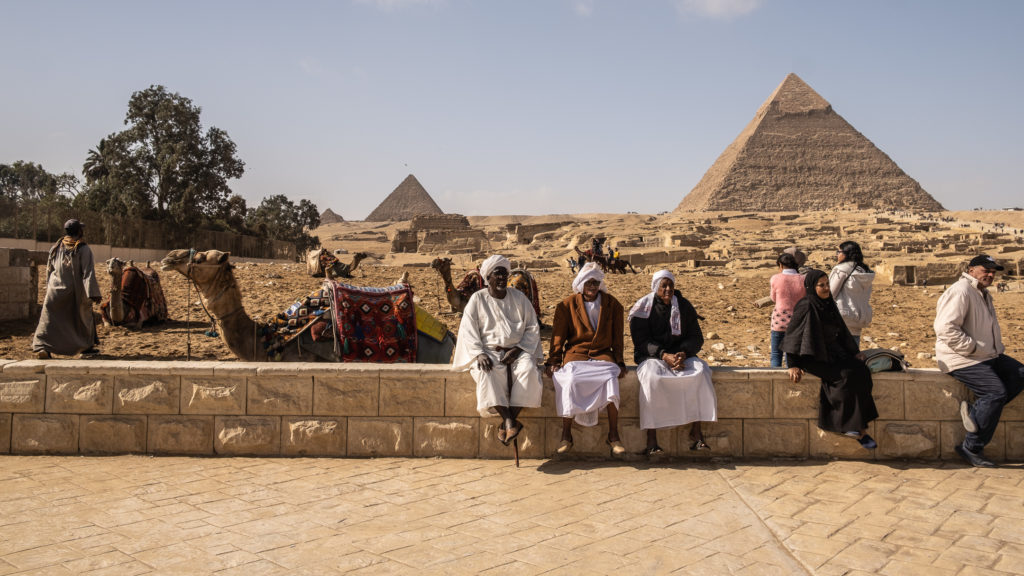
Who the rulers of ancient Egypt were and how did they convince everybody that they were godlike is beyond the scope of this Desto. That’s what Google is for. Meanwhile, if you are an historian (a serious one) then you’d best high tail it over to Egypt asap because Egypt is the cradle of civilization. (I know, I know, the Persians say that Persia (now Iran) claims that distinction, but, yeah, no. There’s a reason everybody is still lining up, five thousand years after the fact, to visit all these Egyptian antiquities.) If it isn’t on that guy’s list of 100 things to do before you die, it should be. And, while you’re there, I whole heartedly recommend one of those fancy cruises down the Nile River. Just nothing at all bad about that, even if, like me, you are not a huge fan of cruises. These boats are generally small occupancy ships (100-150 passengers) with a very high staff to passenger ratio so you will be pampered within an inch of your life and that kind of grows on you.
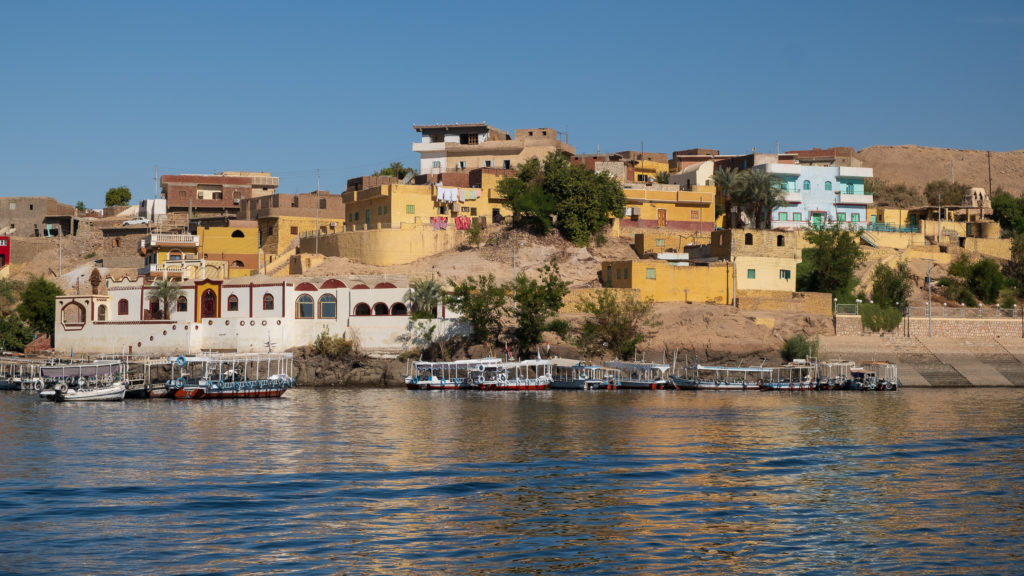

I suppose there are alternative ways to get to Aswan from Cairo but we flew because that’s just how we do. A tour of the Aswan High Dam and the romantic Philae Temple (accessed by little ferry boats, occupancy 4) on the Island of Agilka gives you the quick and dirty tour of Aswan (don’t miss The Unfinished Obelisque because you can scamper unimpeded by hordes of tourists up to a truly magnificent view-all the while hearing the ubiquitous calls to prayer. It’s very moving and sets the mood for what’s to come in the coming days ahead.

So, what is to come? An early morning sail to Kom Ombo where sits the Temple of Kom Ombo, This temple is, in terms of ancient history, much much newer than the Pyramids of Giza. More than two thousand years newer. Originally constructed to honor two gods, Sobek, the crocodile god, and Horus, the falcon god, the temple was obscured by river flood waters and sand and except for a period of use by Coptic Christians the ruins of the temple went unused for centuries upon centuries. It wasn’t until the end of the nineteenth century that the French archeologist and mining engineer, Jean Jacques de Morgan undertook to unearth and restore the temple to its present state. Notably, Morgan reported that much of the damage to the reliefs inside the temple was rendered by the Coptic Christians who defaced them, probably out of a misplaced sense of piety. Too judgy? I don’t know. Who does that? I mean geez, have a little respect for history, no? It reminded me of one of those lesser temples in Cambodia, Ta Prohm that was originally built as a Hindu temple and over the centuries was occupied by various other religious groups all of whom felt an urgent need to render at least a modicum of destruction to the structure’s carvings and artistry, so as to leave their own mark I suppose. These territorial defacements are not the finest moments of the world religions if you ask me. Also, see: wars and religious persecutions. But, this is just me. If you travel broadly you just eventually have to face the facts of man’s unfathomable intolerance and near constant inhumanity to mankind, and also the human propensity to be destructive rather than constructive. Most often in the name of some deity or religion, don’t you know? It’s a bummer, but it goes with the territory of travel. You gotta suck it up and move on.
And, so we did!
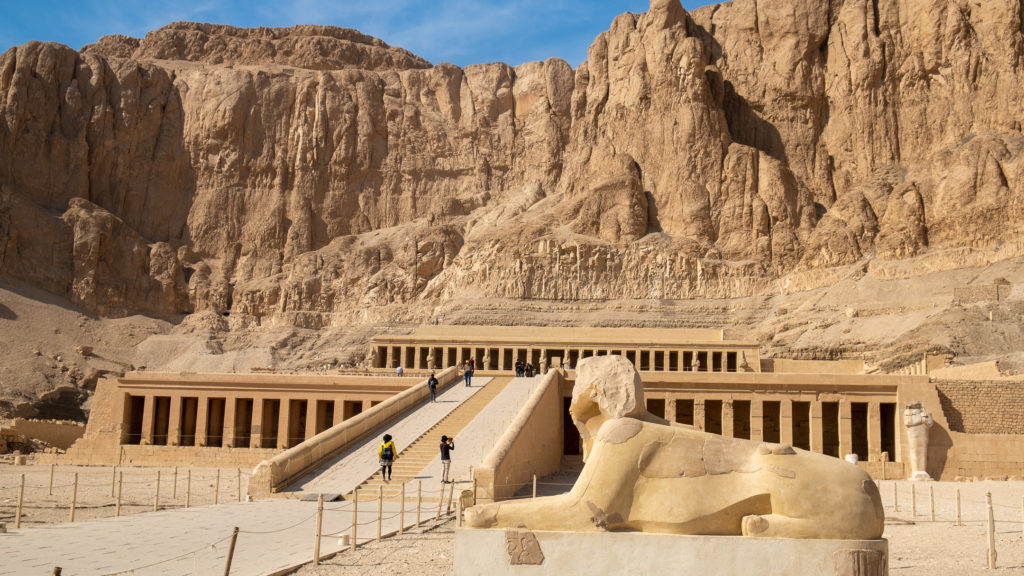

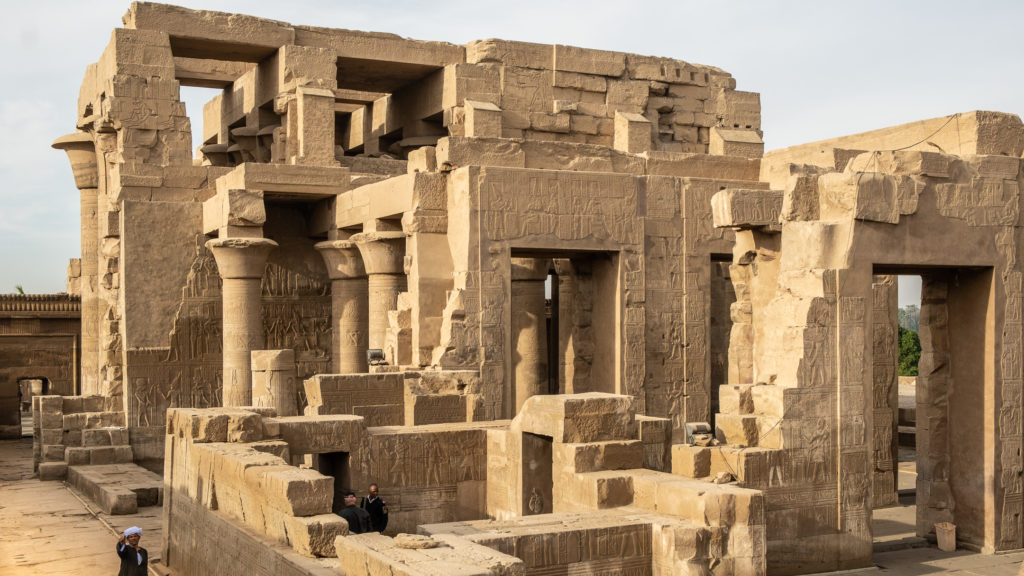
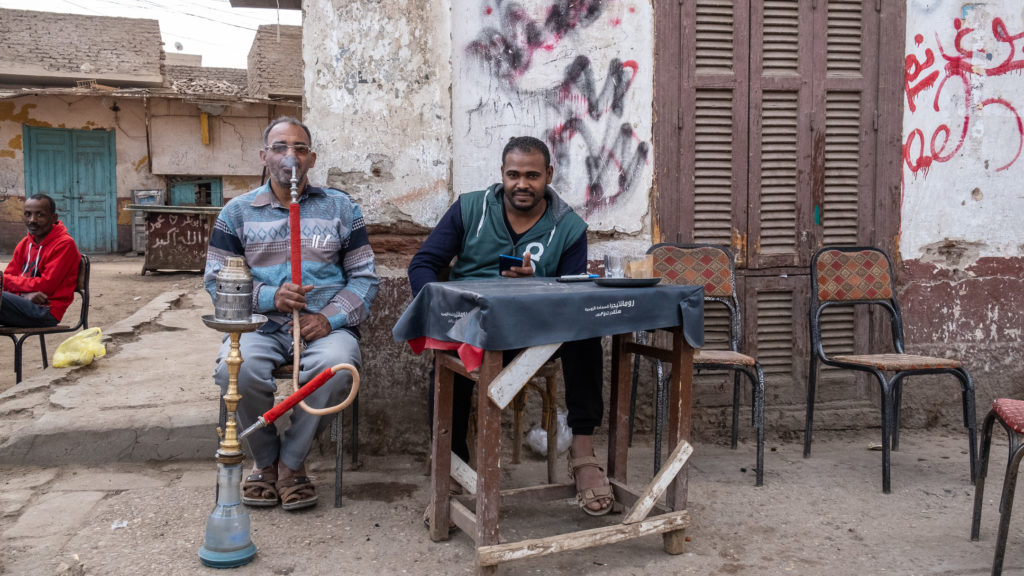
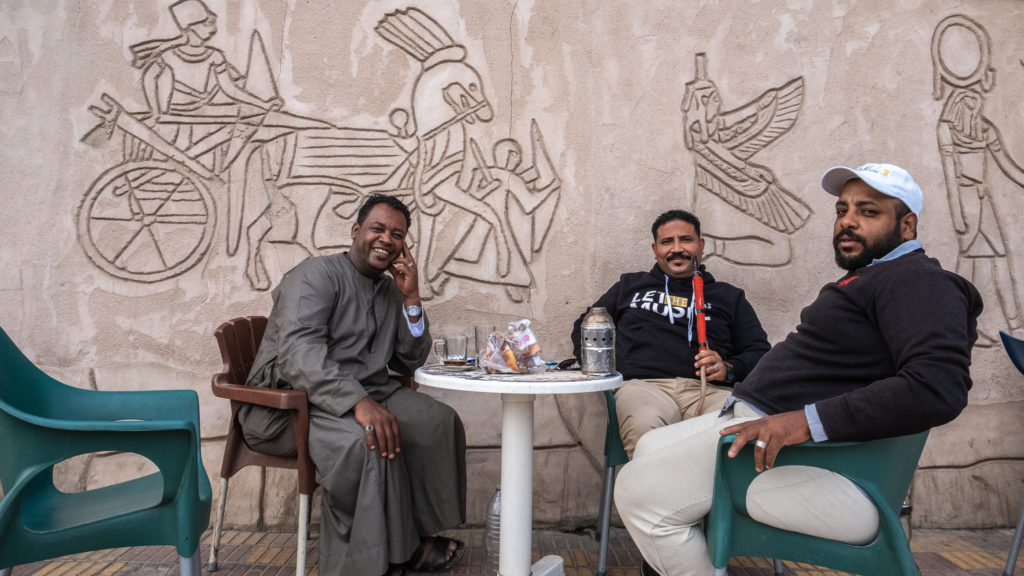

Speaking of world religion, no sojourn among them is complete without a visit to the Temple of Karnack, referred to by some (our guide) as “the mother of all religious buildings”. It’s been around for 4,000 plus years as a place of religious pilgrimage. In ancient times it was connected to the Luxor Temple by an avenue of sphinxes. Long gone now and what a shame that is. (See above for comments on wanton destruction of ancient art, and also: What does one do with a purloined sphinx?)
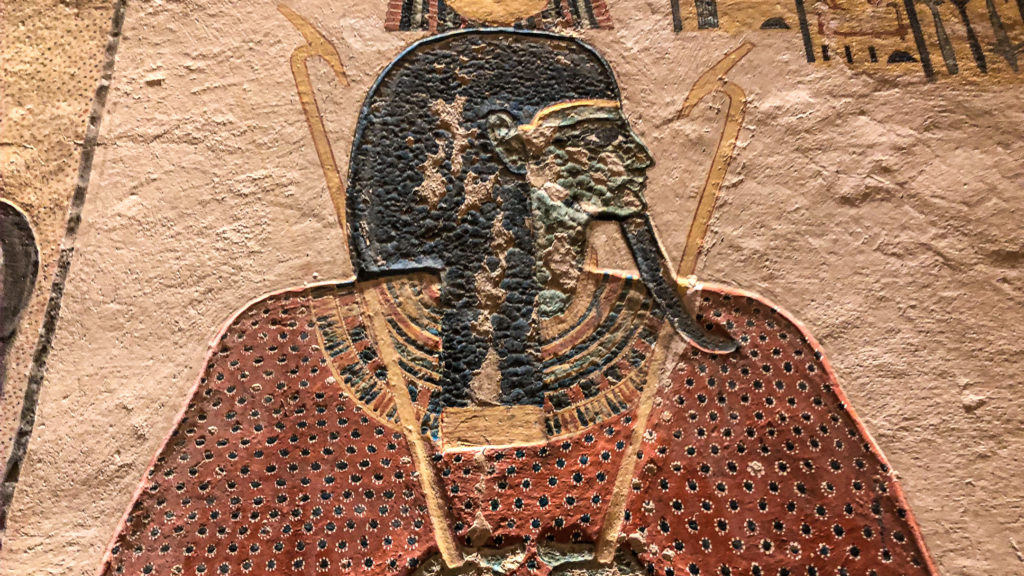
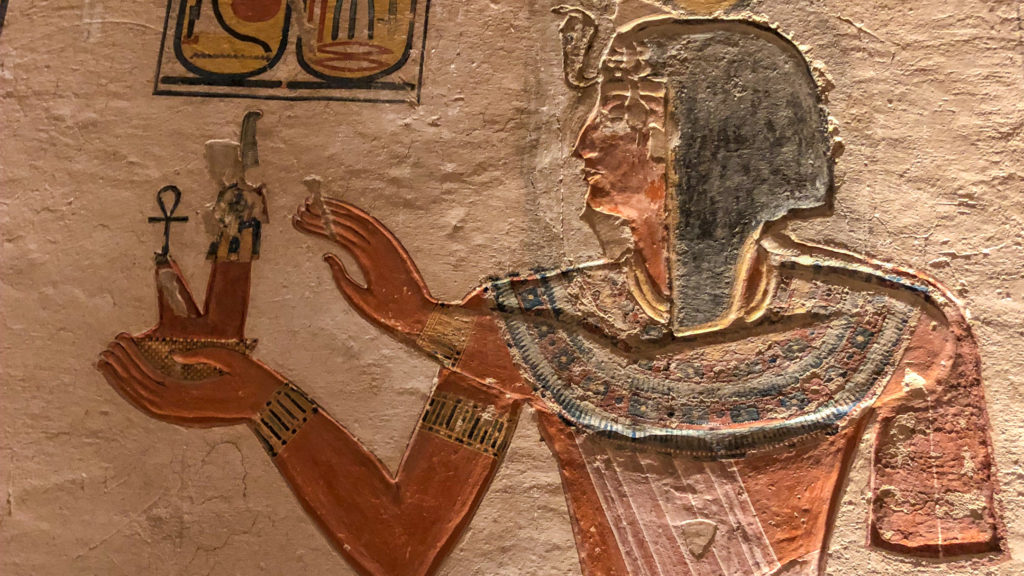
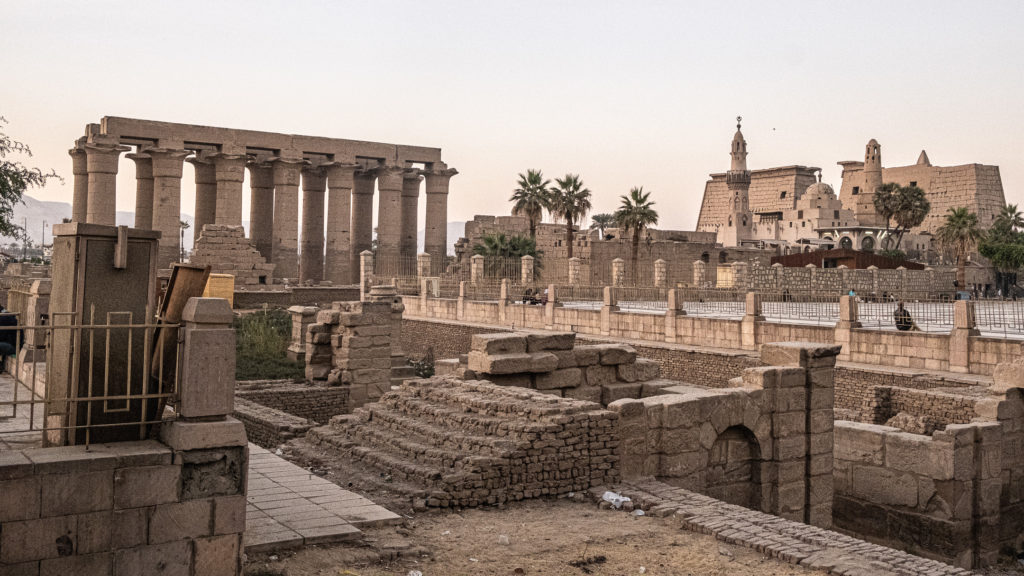
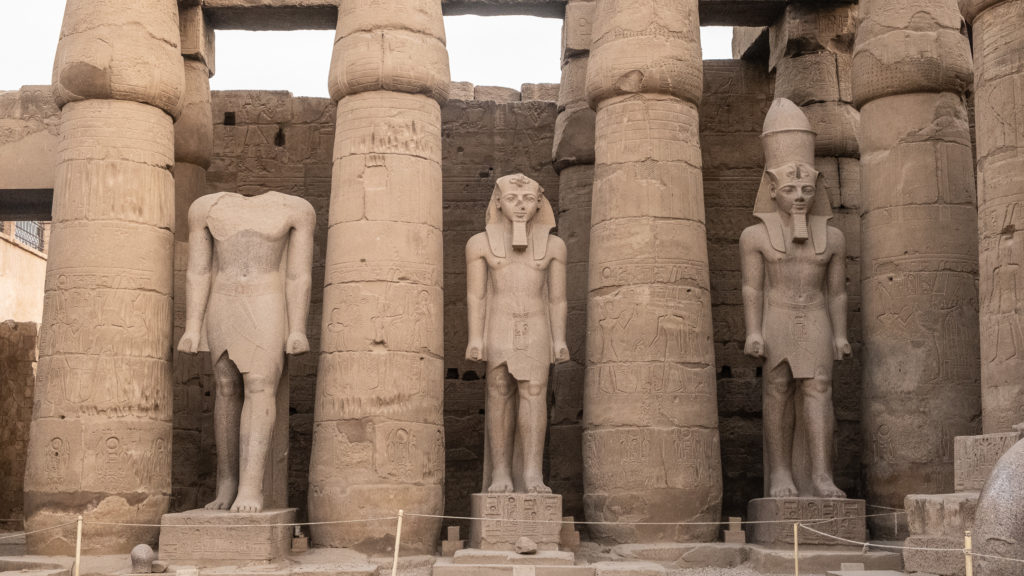
If you’ve been to Egypt yourself you’ve no doubt visited the Valley of the Dead. You’ve heard more than you ever wanted to know about mummification. For those of you who haven’t yet enjoyed the privilege of a few days in the presence of an Egyptologist, let me enlighten you. The ancient royals’ obsession with life after death is documented thoroughly there in the Valley of the Dead. Here’s just some of what we know from that documentation. First, not just any old body could be preserved as a mummy with the intent to make it into the afterlife in your earthly incarnation. You had to be either one of the royals, one of their priests or priestesses (naturally), or a commoner with a LOT of cash. In order to avoid the problem of rotting organs, the mummified clients were parted from their brains, lungs, stomachs, livers and kidneys. These were stored nearby in alabaster containers that looked a lot like ordinary flower vases. Alabaster has the property to naturally preserve decomposing flesh, you see. (It also looks pretty when you insert a candle in it, circa 2020.)

If you were lucky enough to be a king or even a queen back in the day, the evidence is that the folks in charge of such things would remove your brain from your nose holes. The process for lesser royals, like the kids, meant that they would drill a hole in the skull and take the brain out that way. (I had a lot of questions about brain mass in relation to nose hole size, etc. but suffice it to say here that my curiosity is not always appreciated by everyone in the international community.) The next step was to stuff the corpse full of tobacco which is a natural preservative. No opinions were rendered about the people who later thought to stick the same stuff into a pipe and smoke it, thus killing annually about a half million Americans alone in its heyday. It’s enough to say that the plant was relatively benign in ancient Egypt and considered a sacred substance. (I’ve known a few smokers who would tell you the same thing but that’s a story for another day we’ll save for when I get around to Stuff That Kills You/an incomplete History of Substance Abuse.
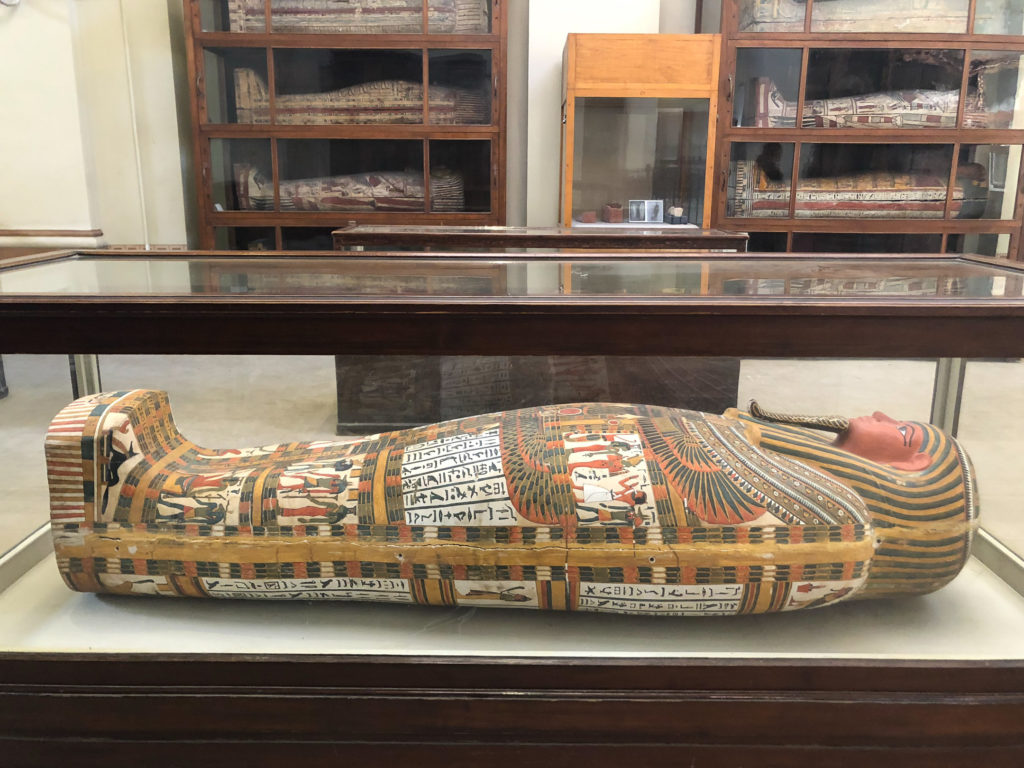
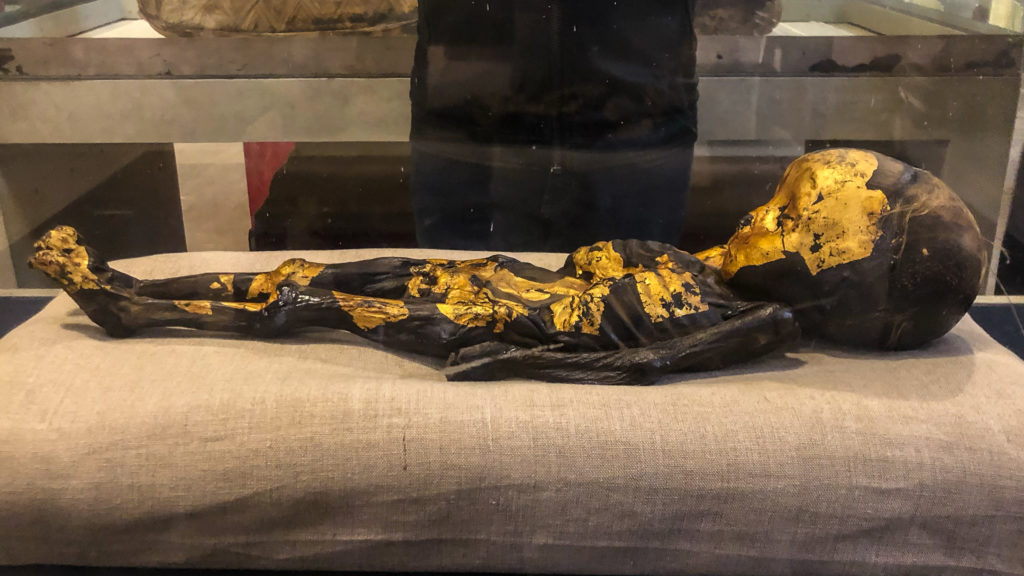
So, now you know that it was good to be royal in ancient Egypt especially if you were afraid that death was THE END. They went to extraordinary lengths to get to the hereafter, encumbered as they were with all their worldly goods, should there indeed even be a hereafter. (Still in question.) And by “extraordinary” I mean thousands upon thousands of slaves who were blindfolded while working so that they couldn’t tell anyone where the mummies were. It didn’t work though as a secrecy strategy. Most of the slaves died toiling in the 130 degree heat while digging the tombs and then they got buried in the valley, too. (Unceremoniously, however.) The ones that didn’t perish must have squealed because all the tombs were raided and plundered except for that of Tutenkamen, the boy king of Egypt whose mummy and riches were not discovered until 1922. Those of the boy king were subsequently carted around the world for folks to gawk at and now reside again in Cairo in the Egypt Museum (worth a visit, especially now that the NEW and improved Egypt museum is open for business). I think our timing was good in that we saved the boy king’s stuff for our last full day in Cairo after visiting all the other famous sites. You really get a sense of what a big damn deal it was to find his remains. One wonders where all those other mummies and all the goodies that were buried with them are now. And, where, pray tell, are all the souls who perished building their pyramids and their temples? Where ARE they now? Don’t you wonder? Did they make it into some afterlife after all? And, where are we headed behind them?
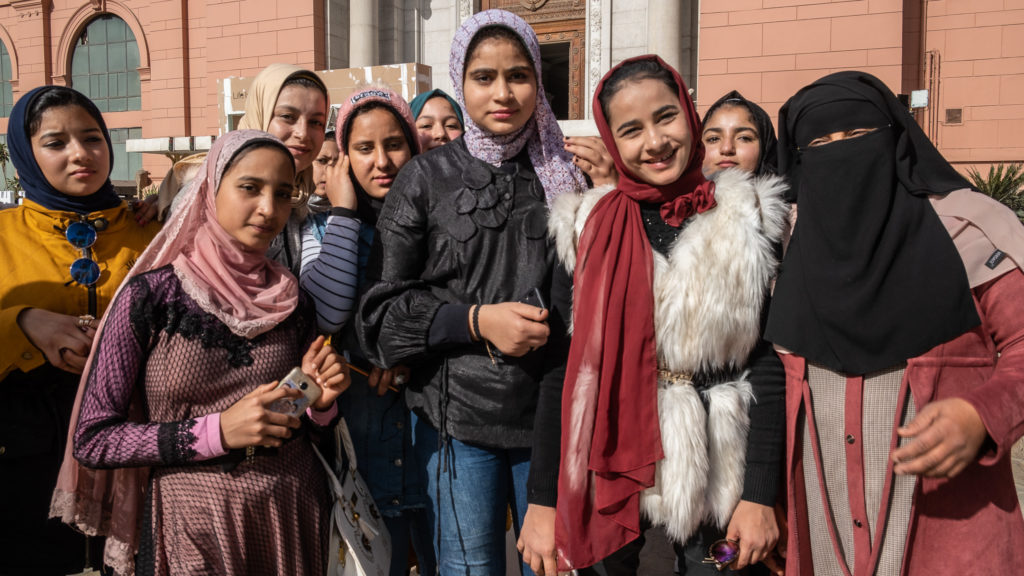

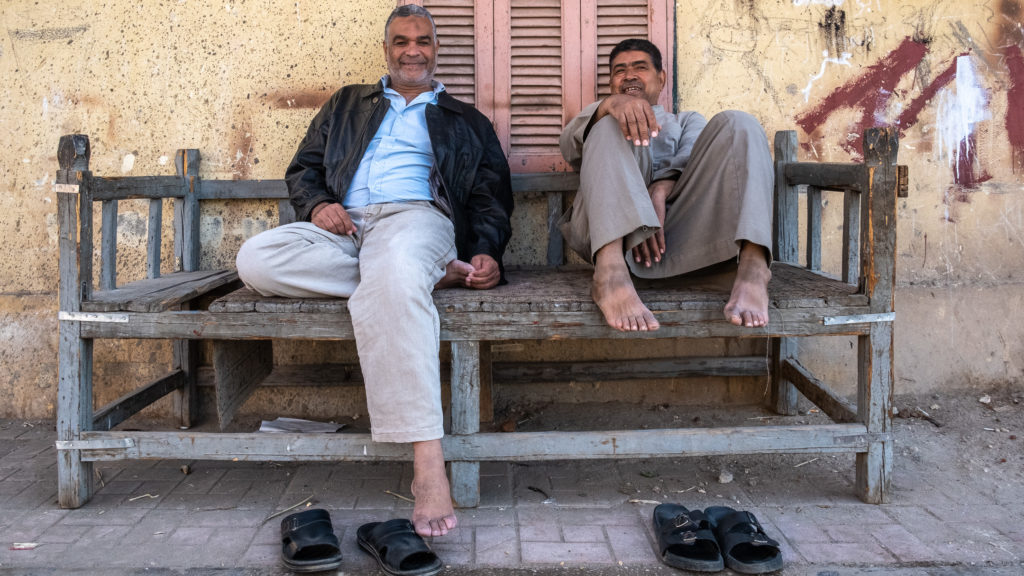
Such deep wonderment nicely bookended our middle eastern trip. The vast stars in the sky of the Wadi Rum Desert in Jordan on the front end and the countless corpses of ancient Egypt on the backend. Mere corpses now, but once upon a time these were beings who were obsessed with, indeed spent most of their lives in pursuit of an afterlife. Stardust to stardust so to speak. I’ll leave you with this song lyric from the incomparable Dan Fogelberg (1951-2007) who more often than not fuels my musings on life and love and the meaning of it all after a trip that summons such profound speculation.
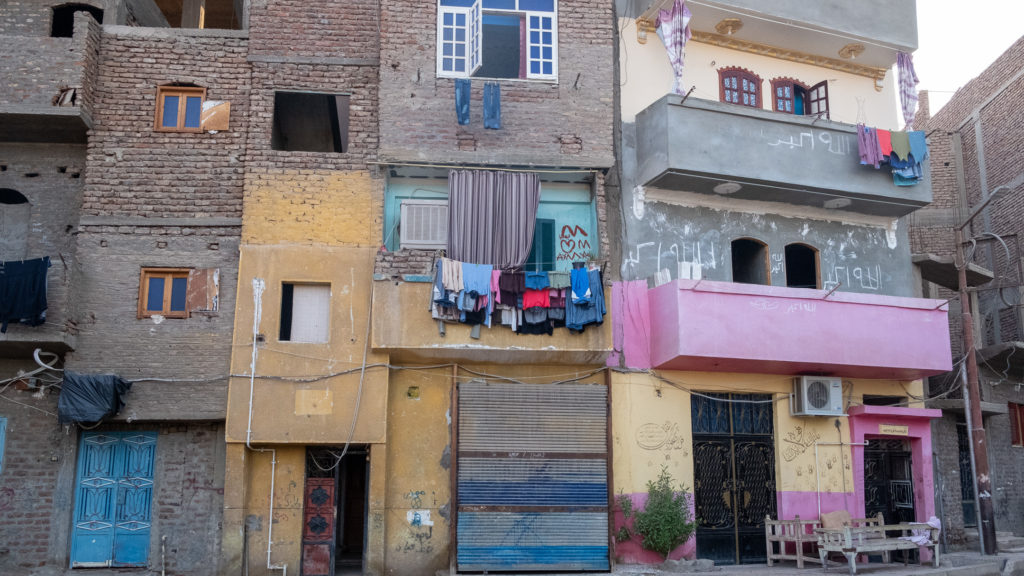
“Love when you can, cry when you have to, be who you must, that’s a part of the plan. Await your arrival with simple survival, and one day we’ll all understand.”
Amen, Dan. And, R.I.P. wherever you are.


